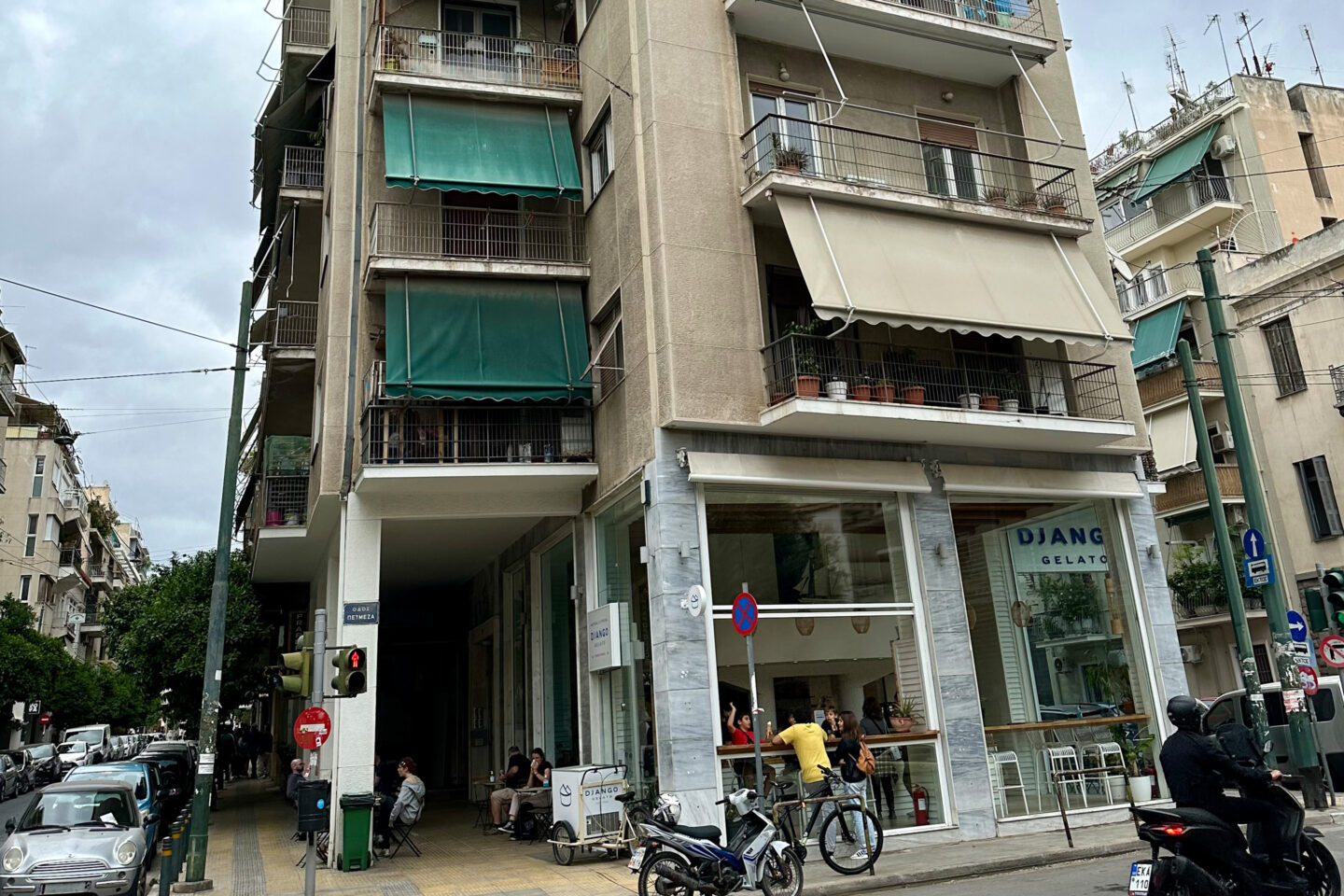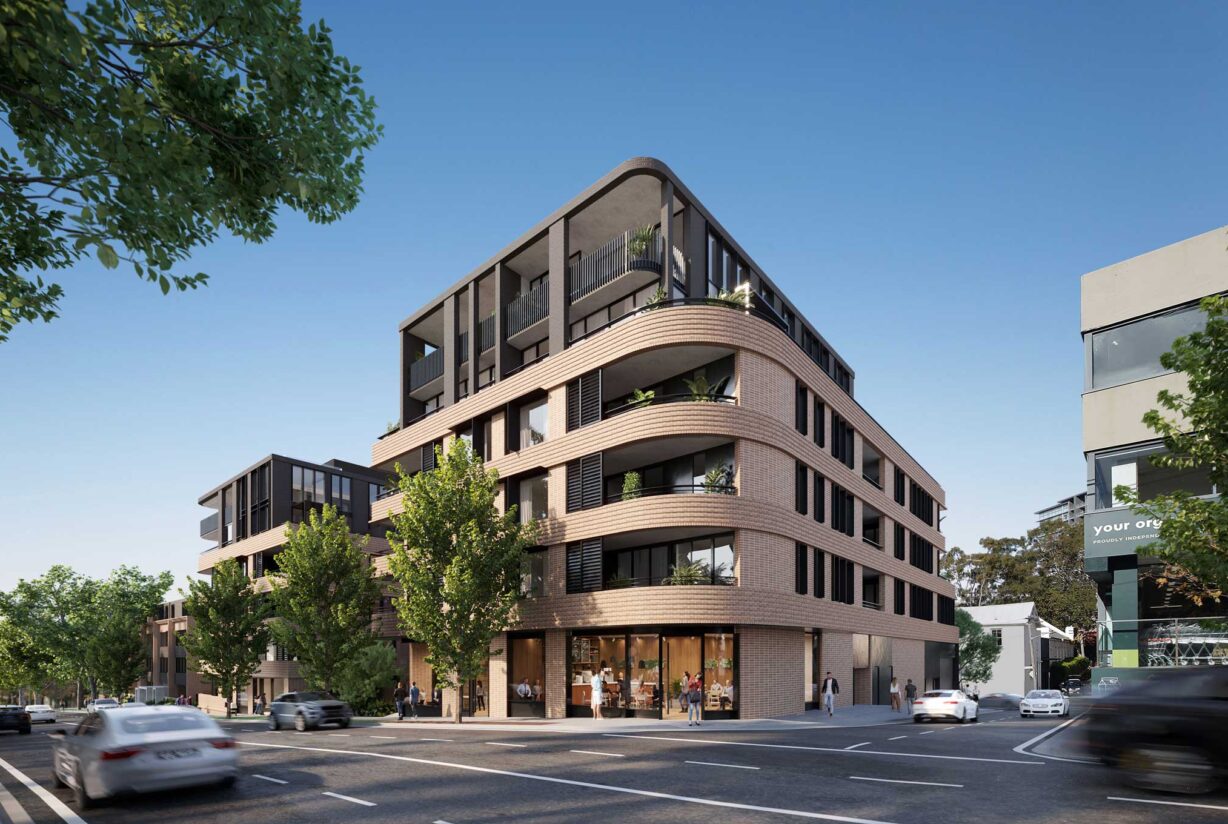

Discovering Urban Lessons: Insights from Athens
May 2024 | By Brian Mariotti
Recently returning from a visit to Athens, I couldn't help but think about the persistent housing crisis back home in Sydney. While the issue remains unresolved, glimmers of hope emerge with the forthcoming Diverse and Well-Located Homes policy by the NSW Department of Planning & Environment, boasting promising initiatives.
“Sydney is one of the least dense global cities” and “urban sprawl is expensive and unsustainable” according to the Explanation of Intended Effect (EIE). However, Athens being four times as dense as Sydney, a quarter of the size in urban area 1, also unfortunately about 7 degrees hotter in summer 2 offers some insights beyond the interesting realm of urban planning and somehow being able to serve a meal after 9pm but that’s probably a whole other discussion.
These observations are broad in scope, and I am grateful to Georgia Kissa, a Senior Urban Designer at AJC’s Urban Design team and a native of Thessaloniki, for offering valuable context to these reflections.
Solutions to Urban Sprawl
In many ways, Athens mirrors Sydney’s trajectory3, Athens grappled with rapid urban development and sought to limit urban sprawl, encourage urban development and manage the effects of density on the urban environment through planning and apartment design codes. Like Sydney, the inner-city streets are very narrow as the 19th century street pattern is largely unchanged with very limited land resumptions and road widenings in the old centre aside from a ring of broad avenues that replaced the old city walls.
One of the most obvious differences is Athens’ strong street wall urban form with buildings built up to the street boundaries, however this leaves very narrow, disjointed and weather exposed footpaths which make walking difficult and unpleasant.
Double height colonnades were mandated during the 1970’s for new developments and these add around 3m to the footpath width for walking, outdoor cafe seating, shop merchandise display, parking motorbikes or stopping to chat. These airy colonnades – although often disjointed by older buildings – provide welcome respite from the narrow streets and weather.
Building street wall heights are controlled by the street width, with upper level setbacks enforced to retain a consistent height to width proportion for the public realm. Street corners are set back full height, allowing a clear view across the corner for pedestrian safety and expanding the public realm at intersections.

Sydney’s streetscape around town centres could benefit from a similar approach where ground floor non-residential uses are included rather than maintaining front setbacks more appropriate to a lower-density urban form. This would make more land available for development or allowing commensurately greater setbacks to the rear of lots where these interface other buildings or lower-density areas.
Greening the city
Like Sydney, Athens as a hollow centre with the Acropolis and surrounding large archaeological areas unavailable for everyday urban uses and inaccessible to those without a ticket, much like great open space of Sydney Harbour is inaccessible to those without a boat or the money to pay for a ferry fare. The remaining centrally located land is reduced and therefore more valuable and important. These areas around the Acropolis provide a degree of tree canopy cover which is almost completely lacking elsewhere in the city, a major contributor to the hotter urban environment.
Where they are present, trees are grown in the smallest imaginable planter beds – often just a small hole in the paving – and are often allowed to grow quite large and completely cover smaller streets with their canopies, providing precious shade and creating an intimate atmosphere – a green arbour rather than a busy street. The wisteria arbour at Eastwood mall is a similar example is Sydney where planting is used to create an urban sanctuary.

In conclusion, Athens’ urban tapestry offers a tapestry of insights for Sydney’s urban evolution, underscoring the imperative of holistic planning, strategic interventions, and symbiotic integration of heritage preservation with contemporary functionality. Embracing these lessons promises to enrich Sydney’s urban fabric, fostering resilient, inclusive, and vibrant communities for generations to come.
References
- Comparing the densities of Australian, European, Canadian, and New Zealand cities | Charting Transport
- Mean daily max ~34 degrees vs Sydney ~27 degrees: World Weather Information Service (wmo.int)
- Athens grew from a large town of ~10,000 people in 1834 when it was named as the capital of the newly established Greek state into today’s metropolis of ~3.5 million people DIGITAL EDITION – Athens in the 19th century: From regional town of the Ottoman Empire to capital of the Kingdom of Greece (eie.gr)
- Cover image credit aerial view of city buildings during daytime, Greece by Mauricio Muño and cover image portrait Streets of Plaka by Despina Galani
- Image credit inside the article to Brian Mariotti

By Brian Mariotti
Athens offers some insights beyond the interesting realm of urban planning and somehow being able to serve a meal after 9pm but that's probably a whole other discussion.
AJC Director, Brian Mariotti

